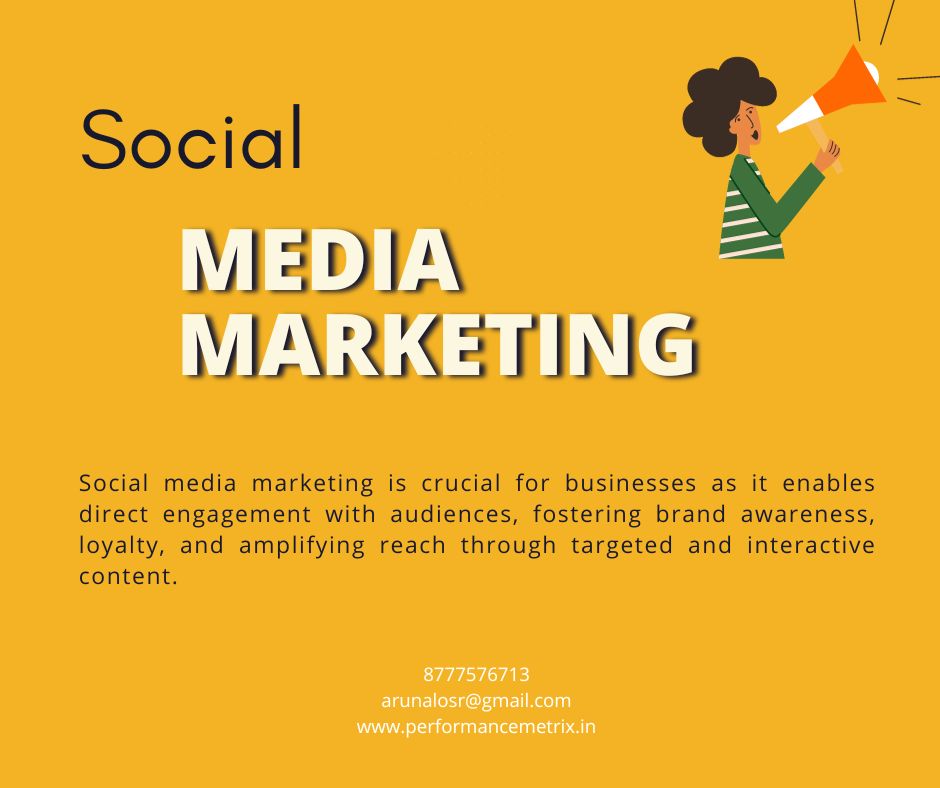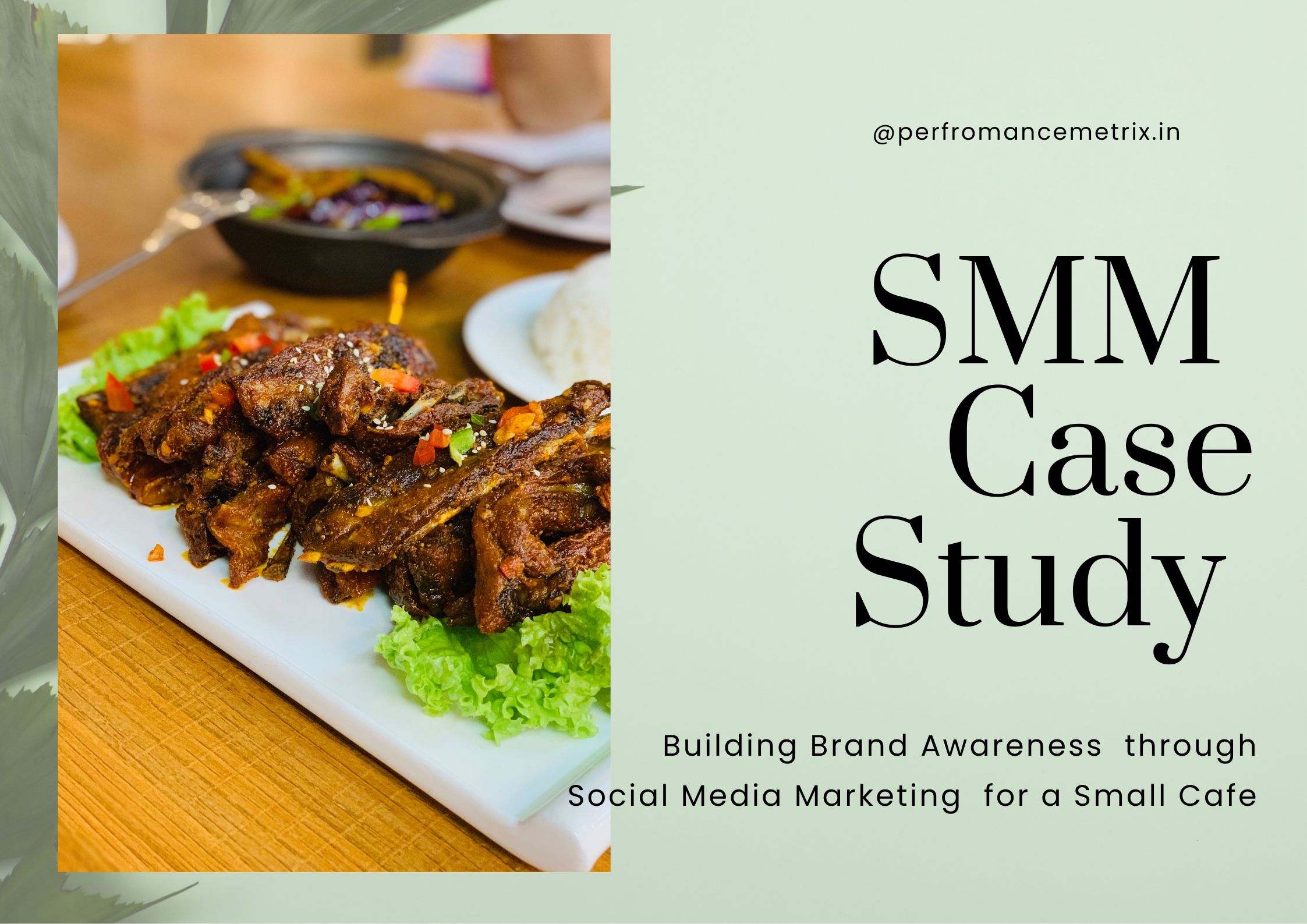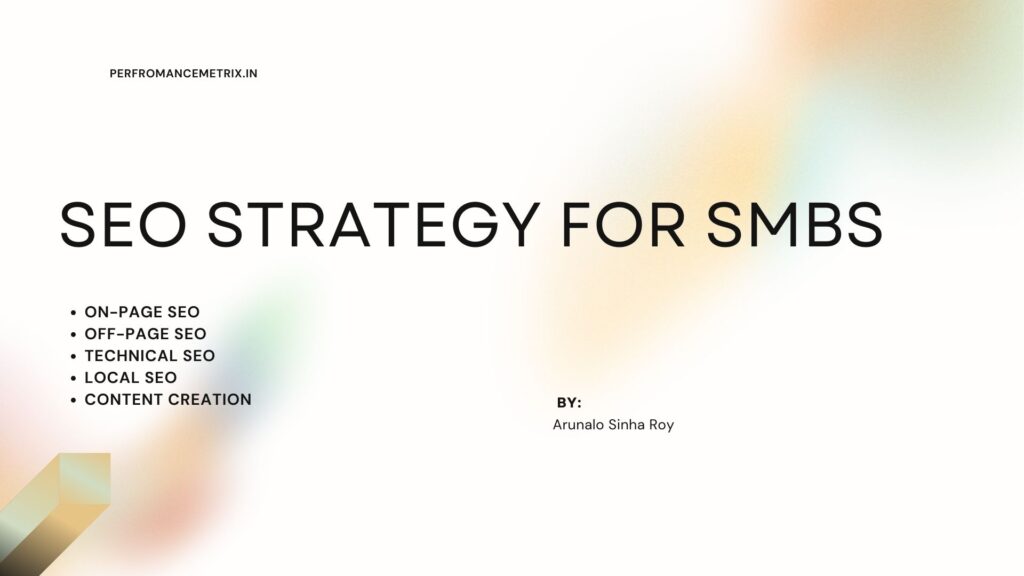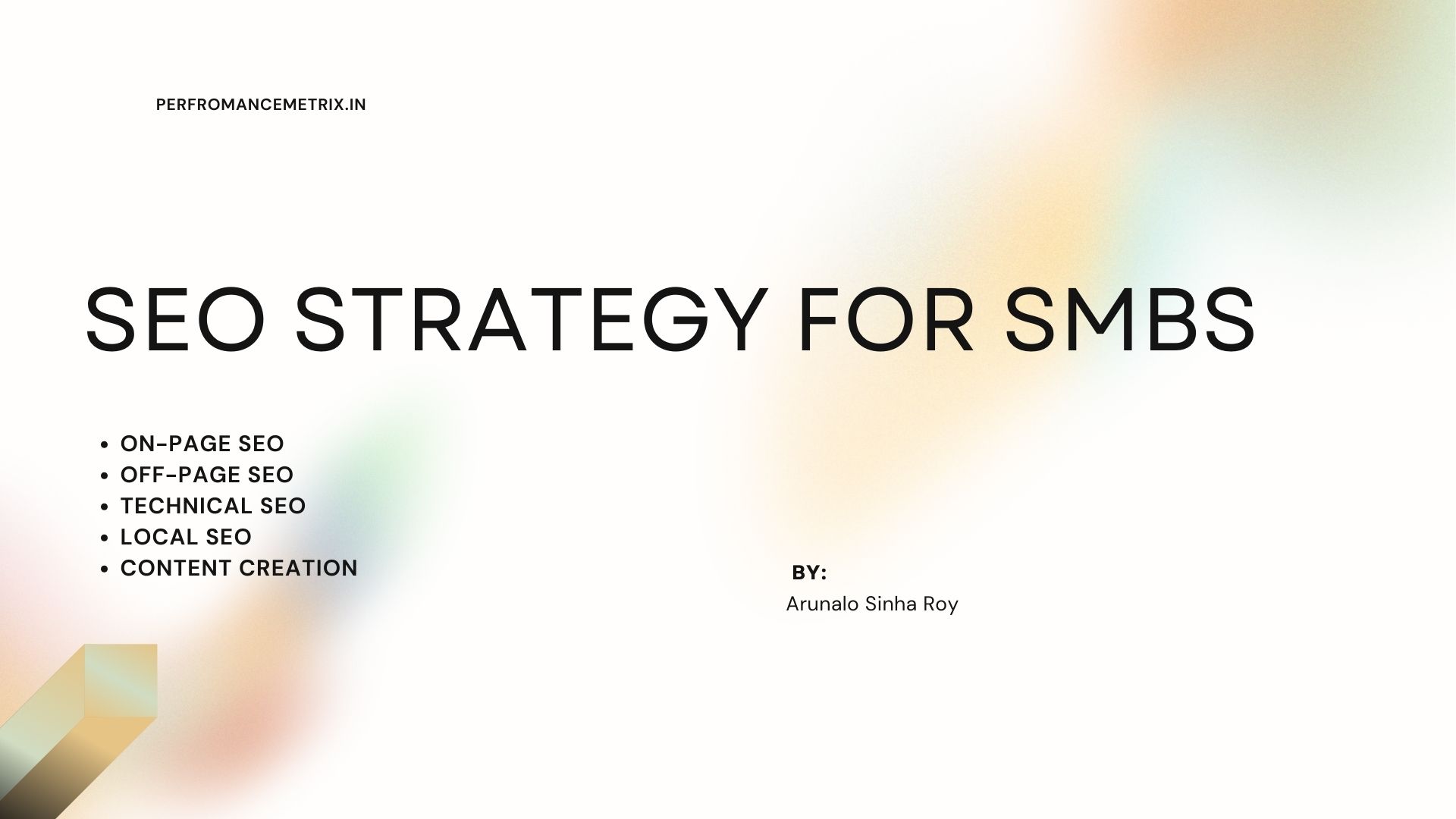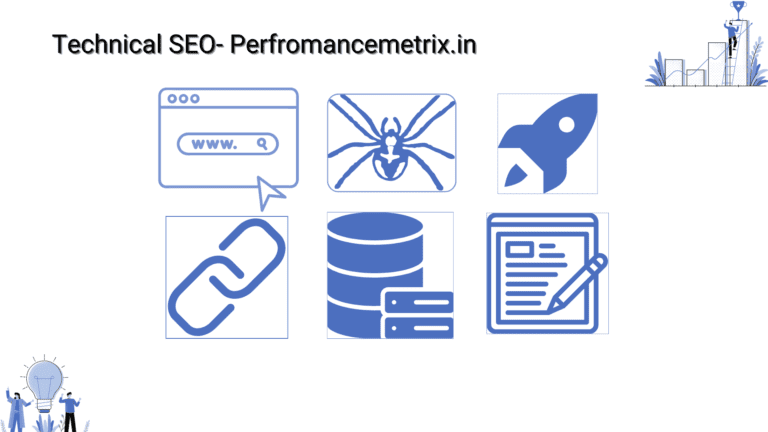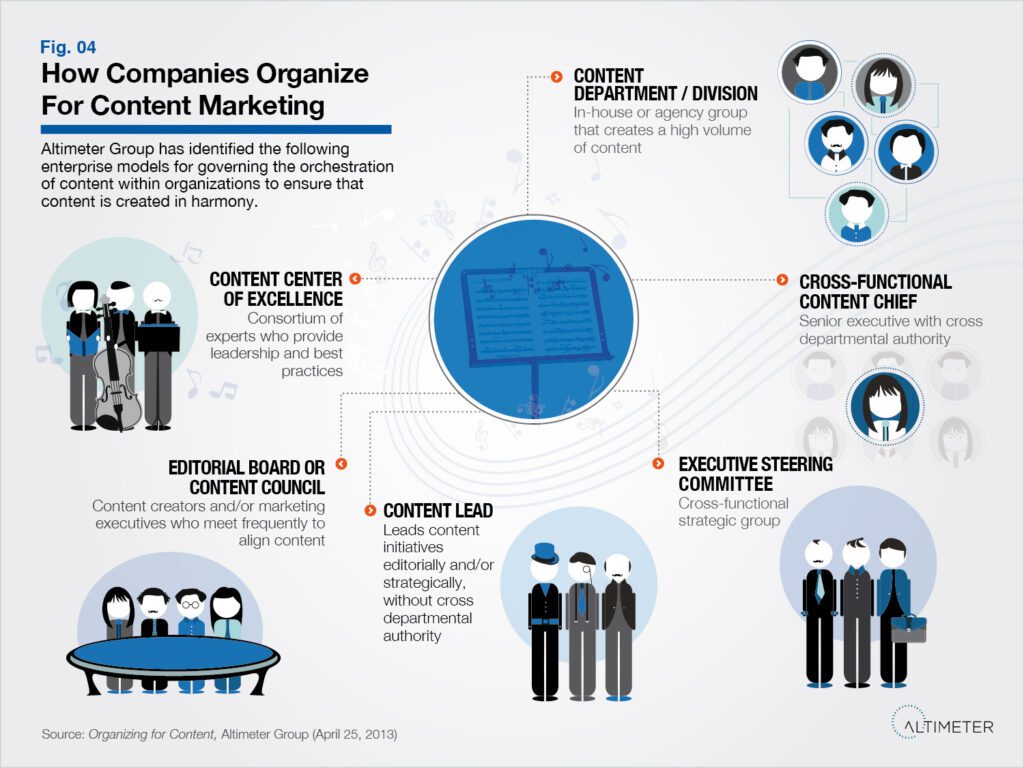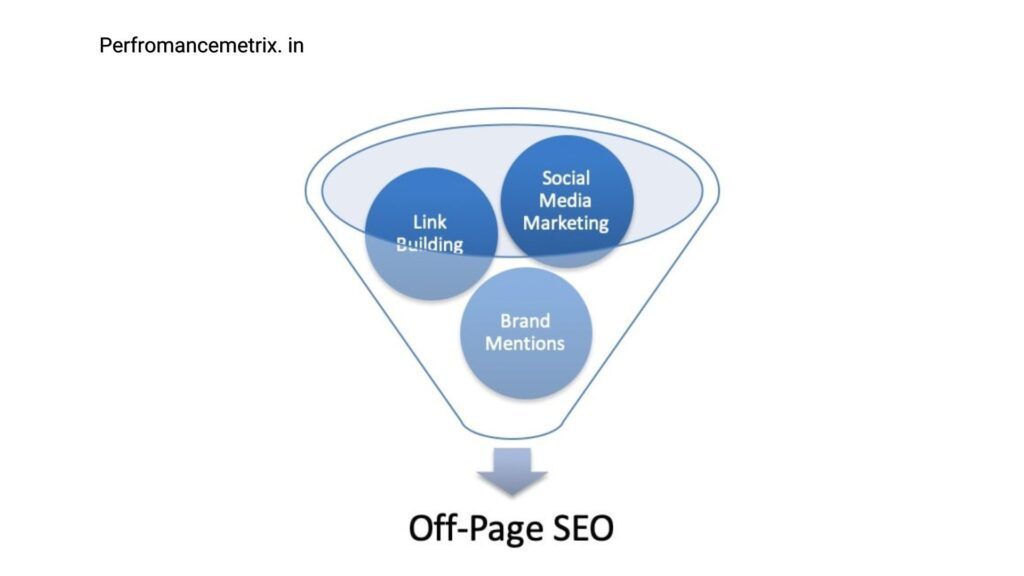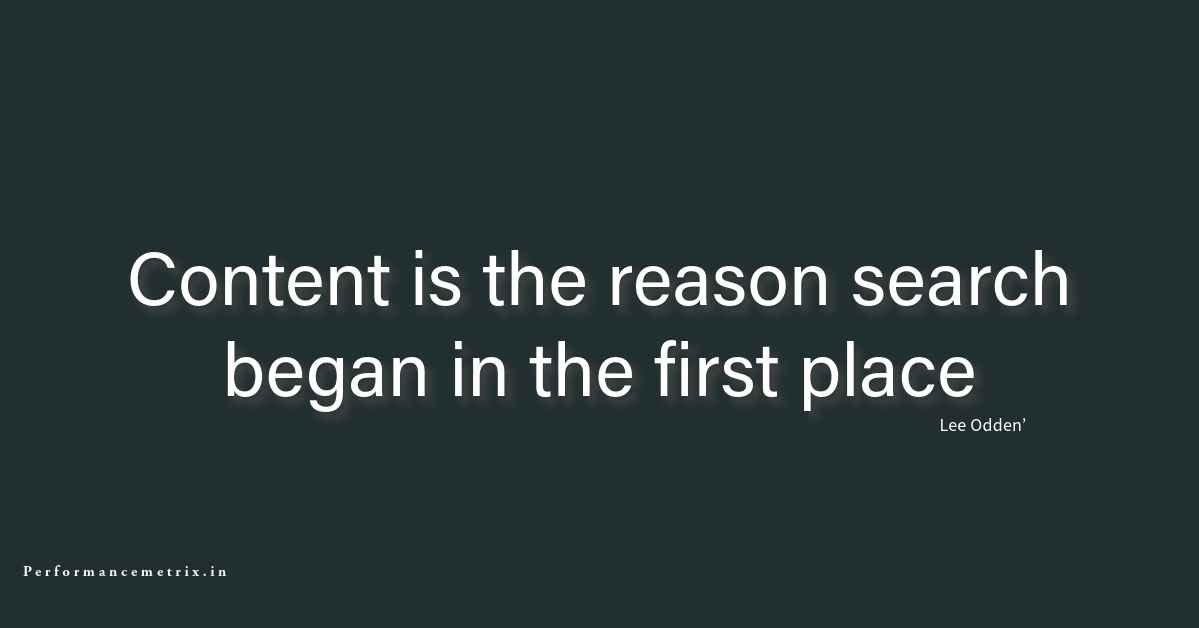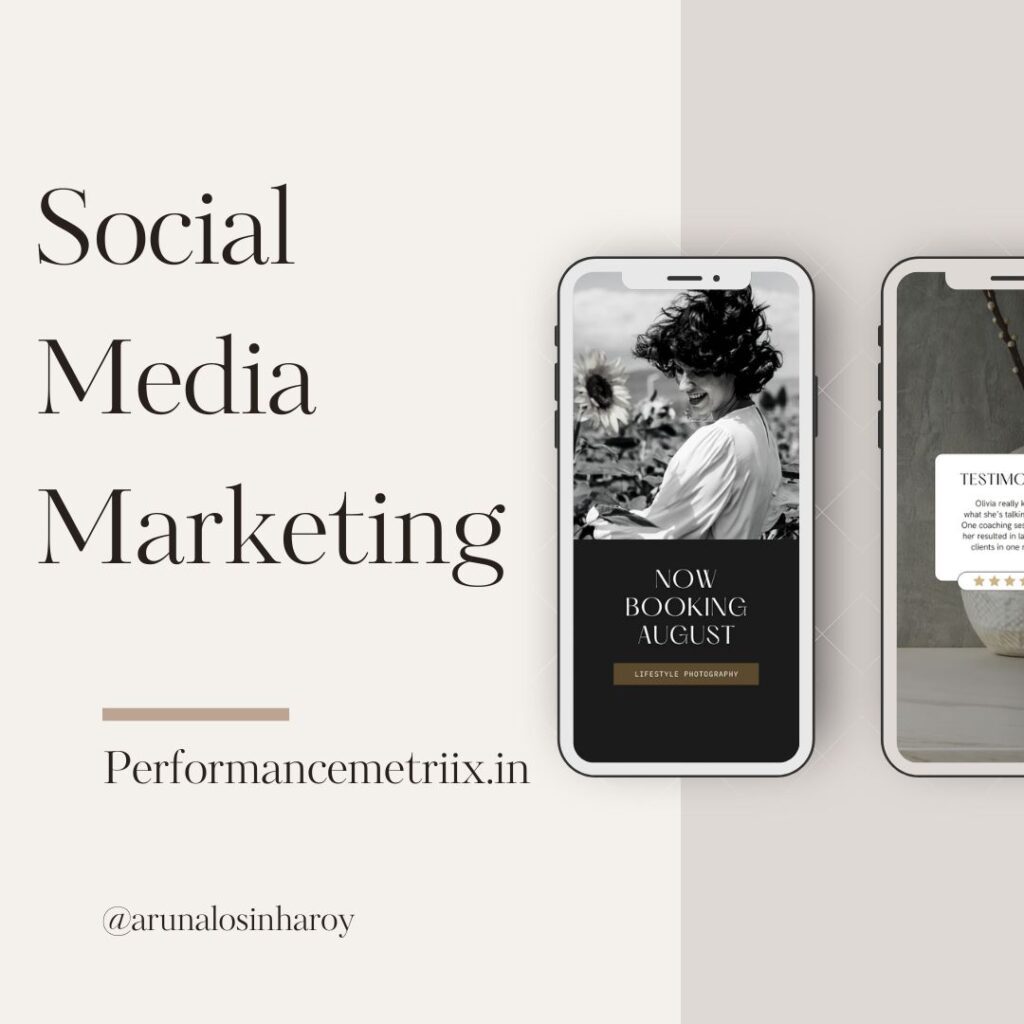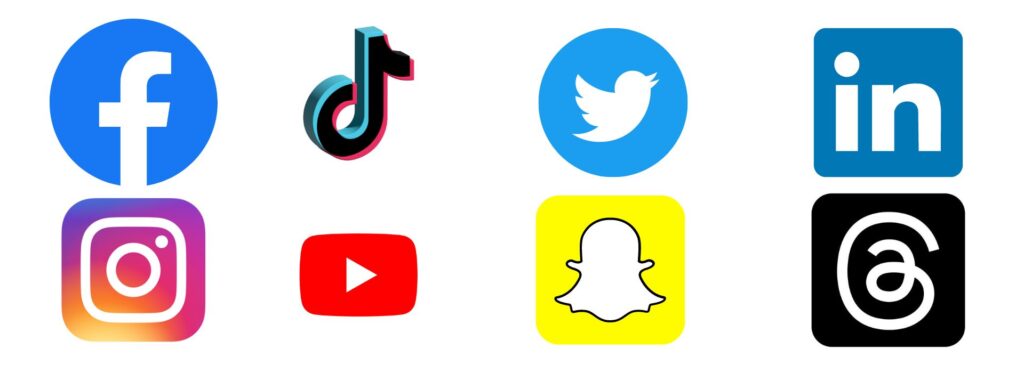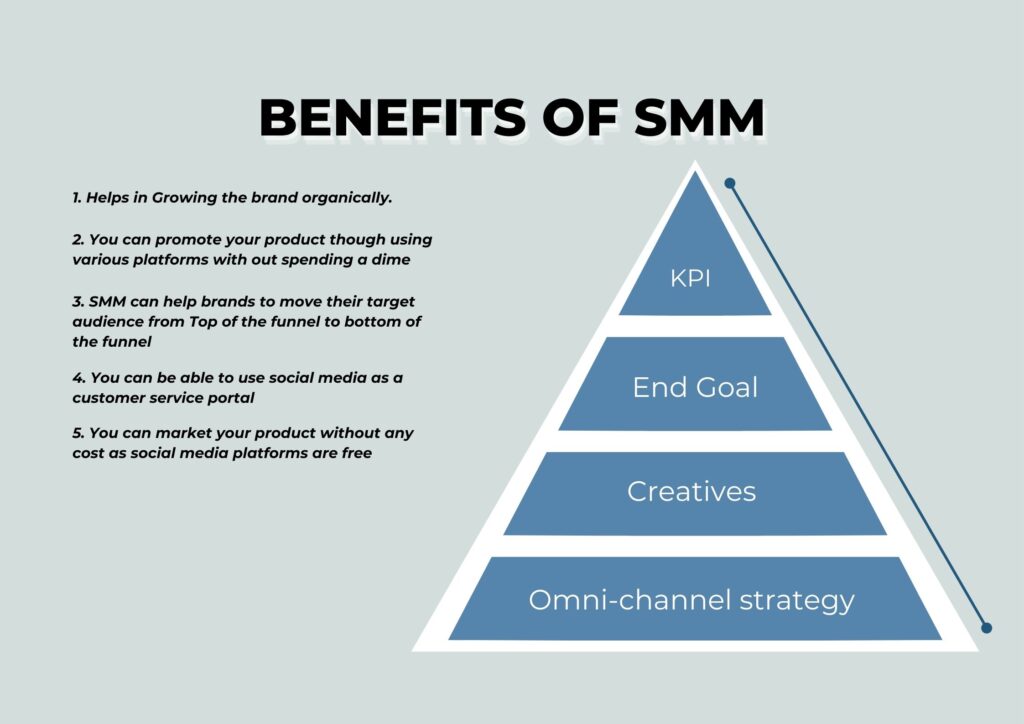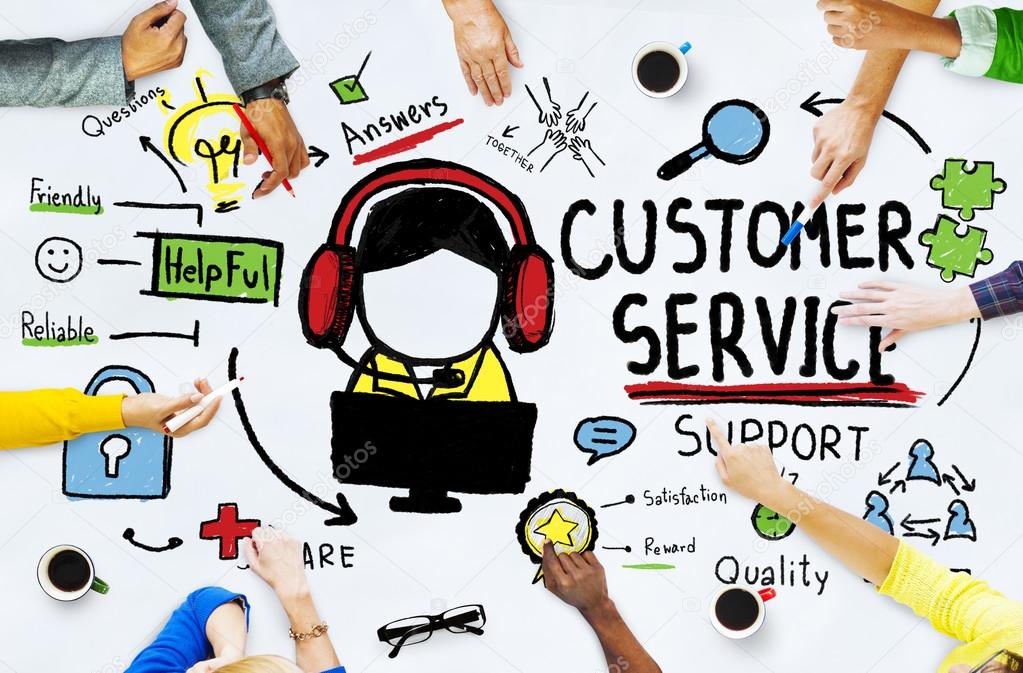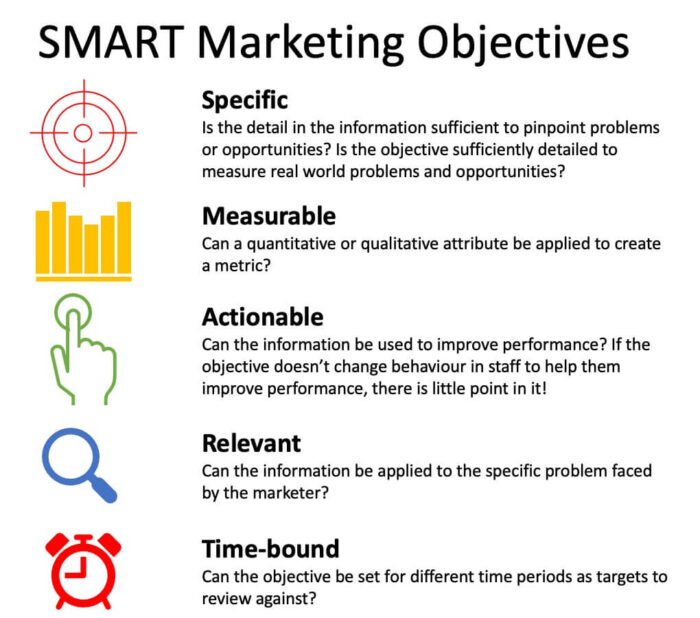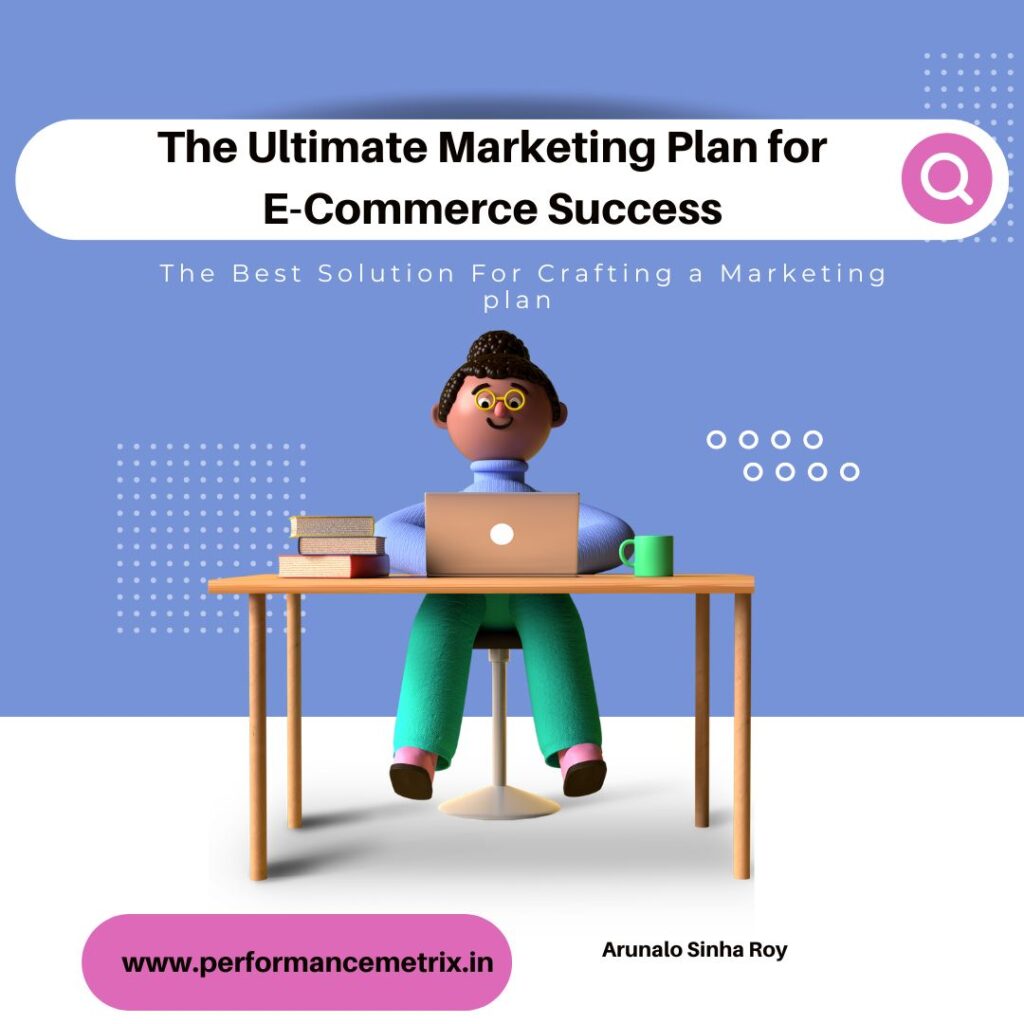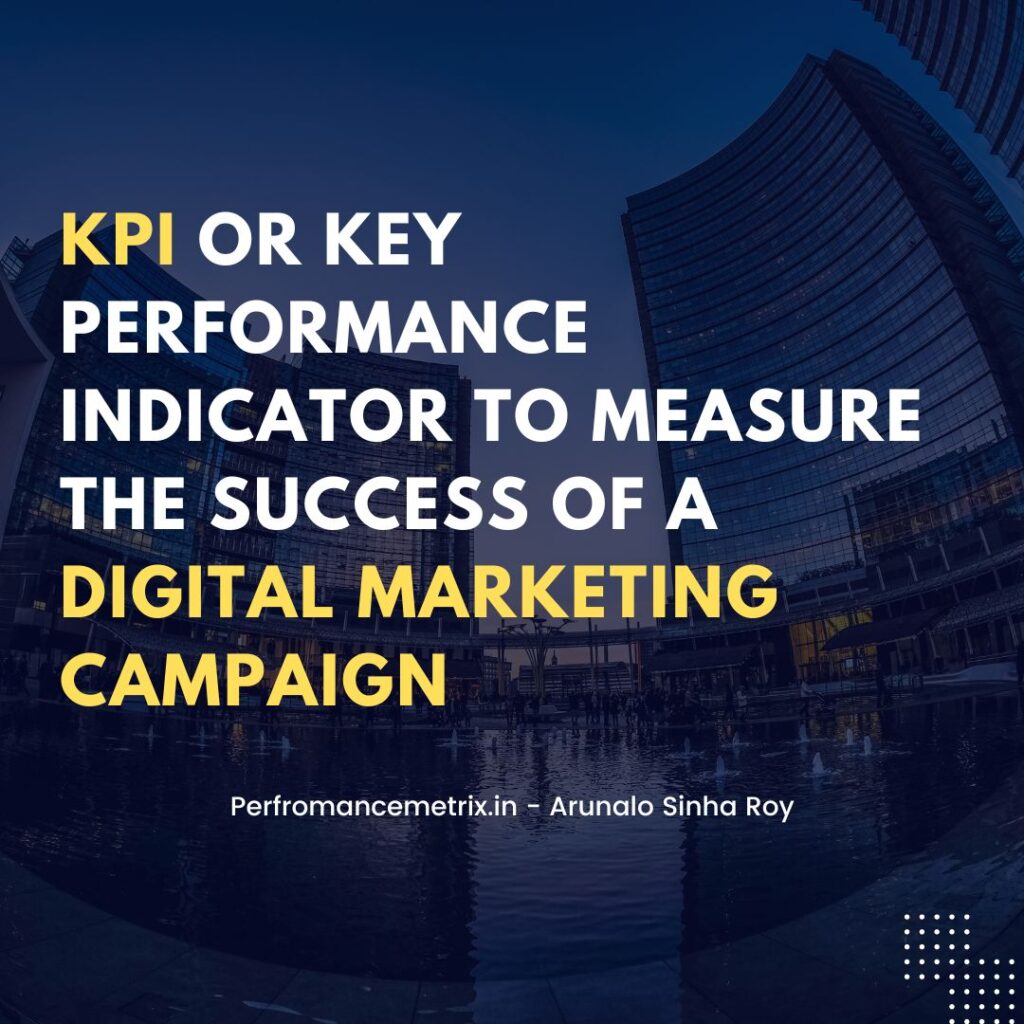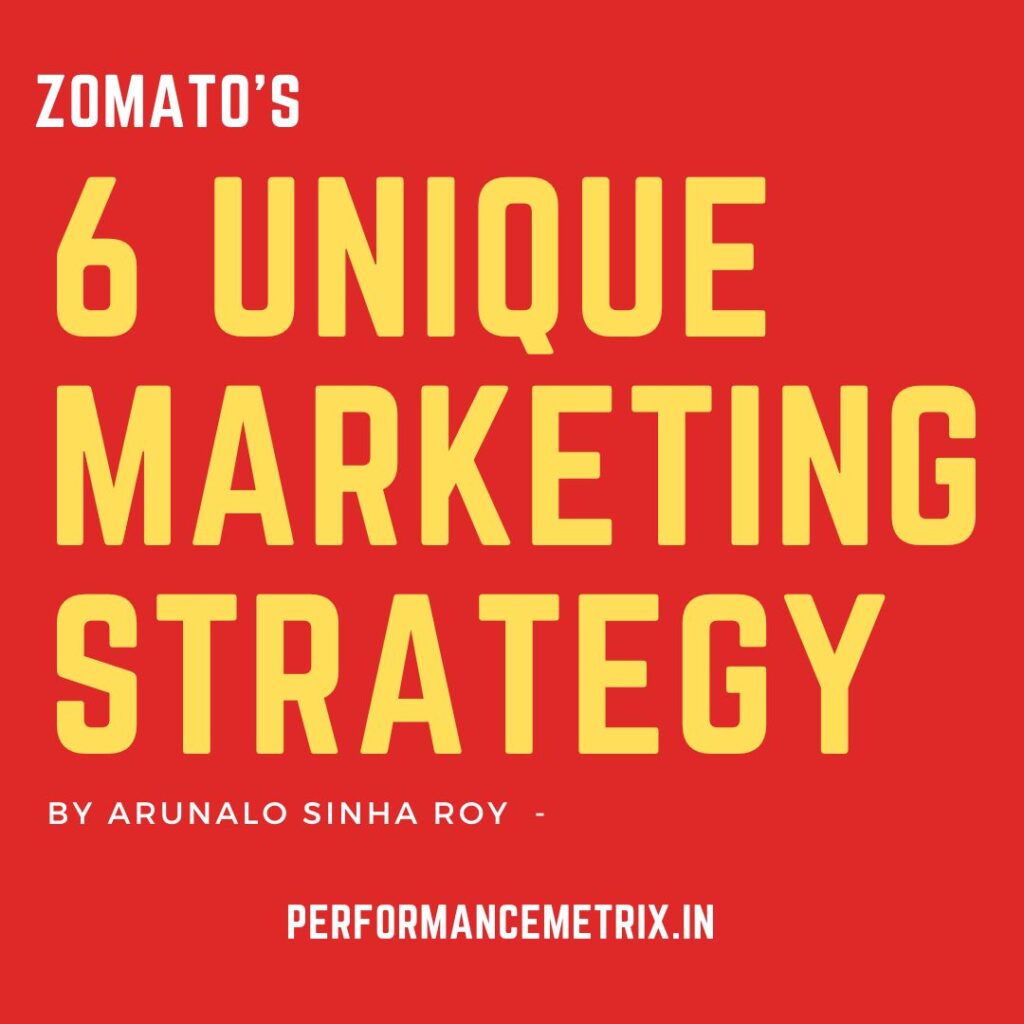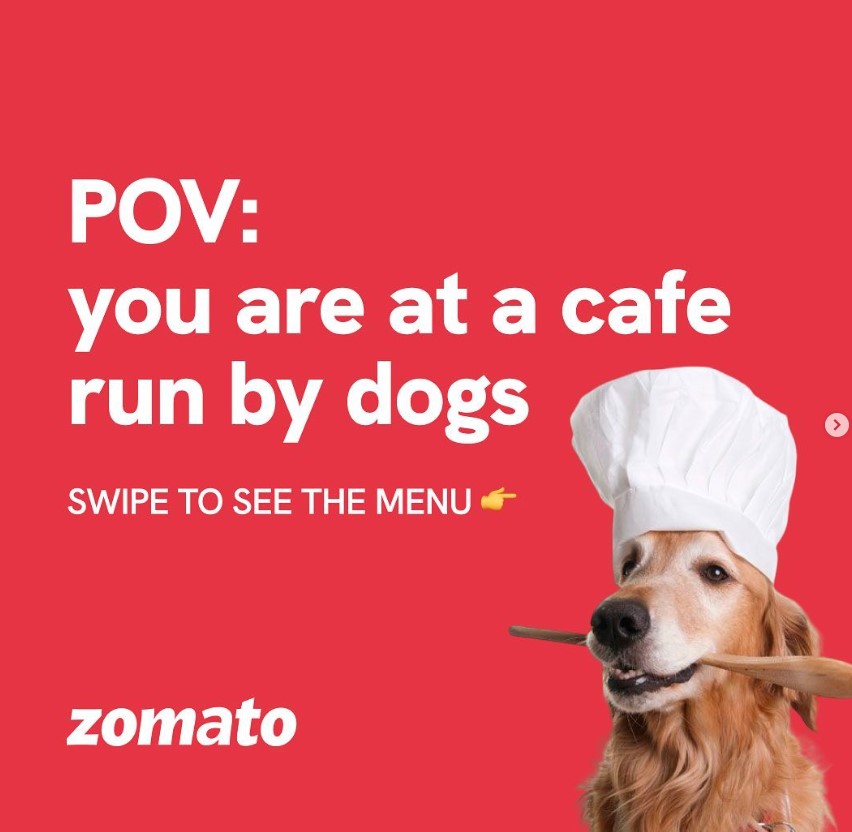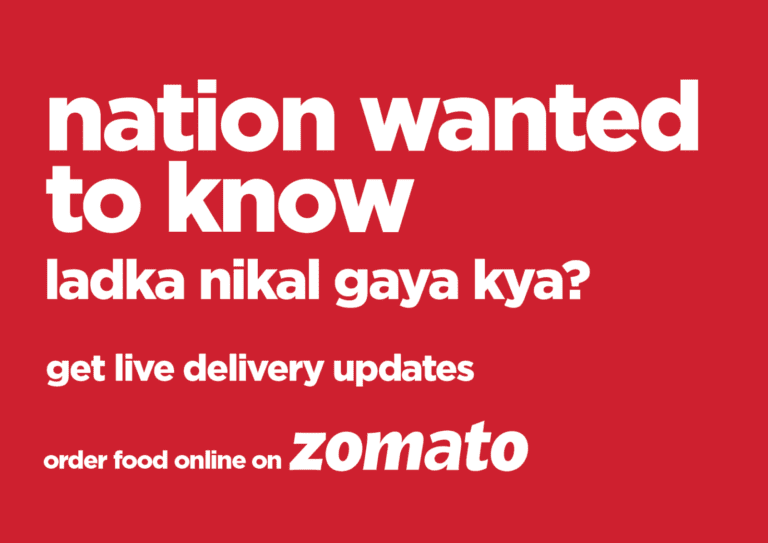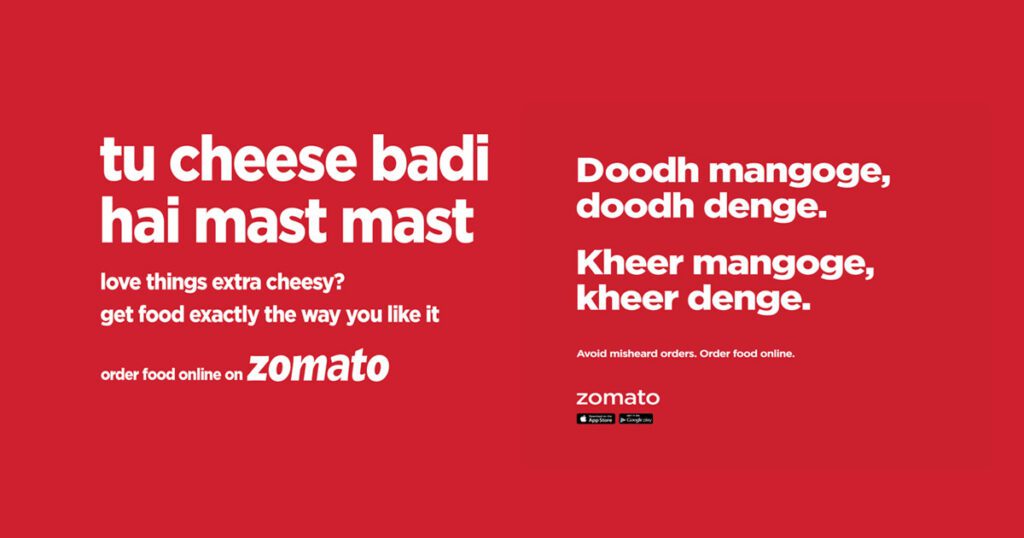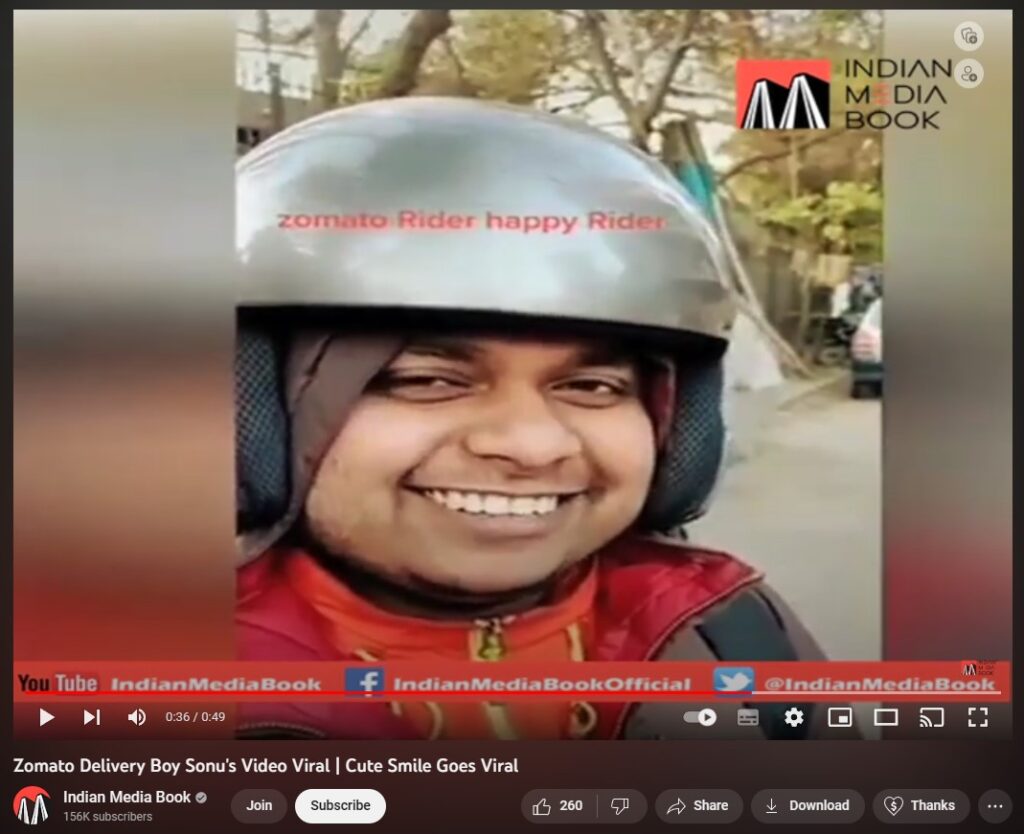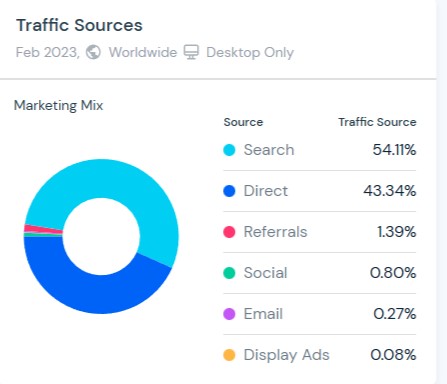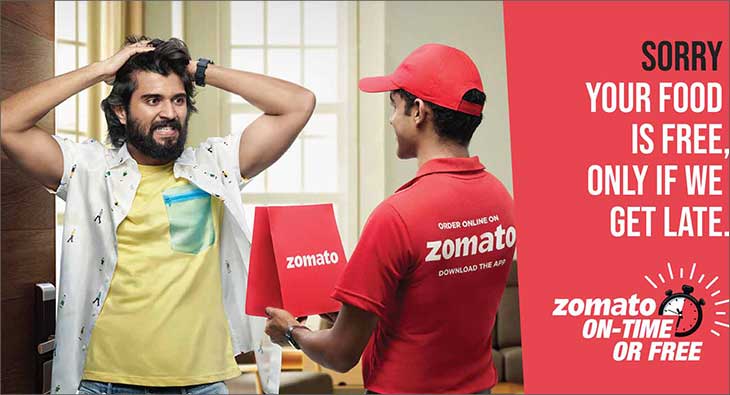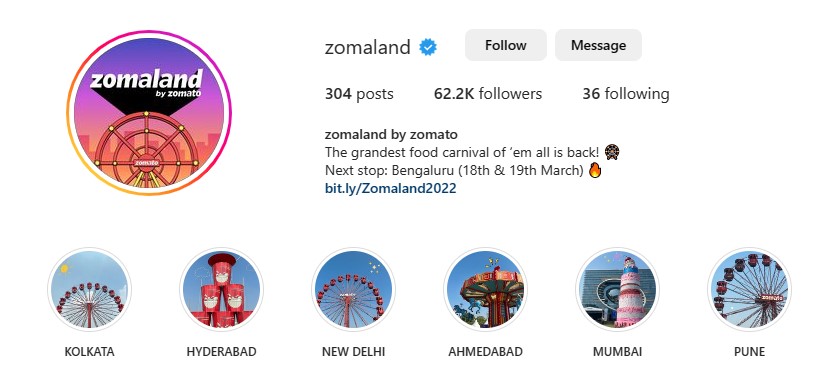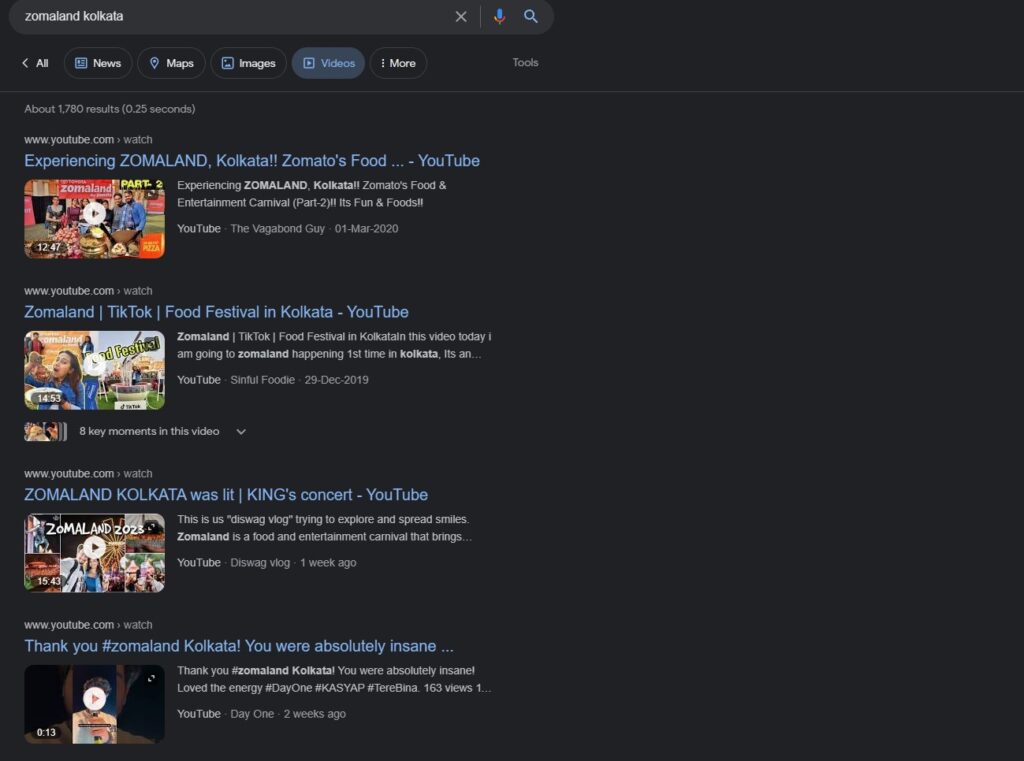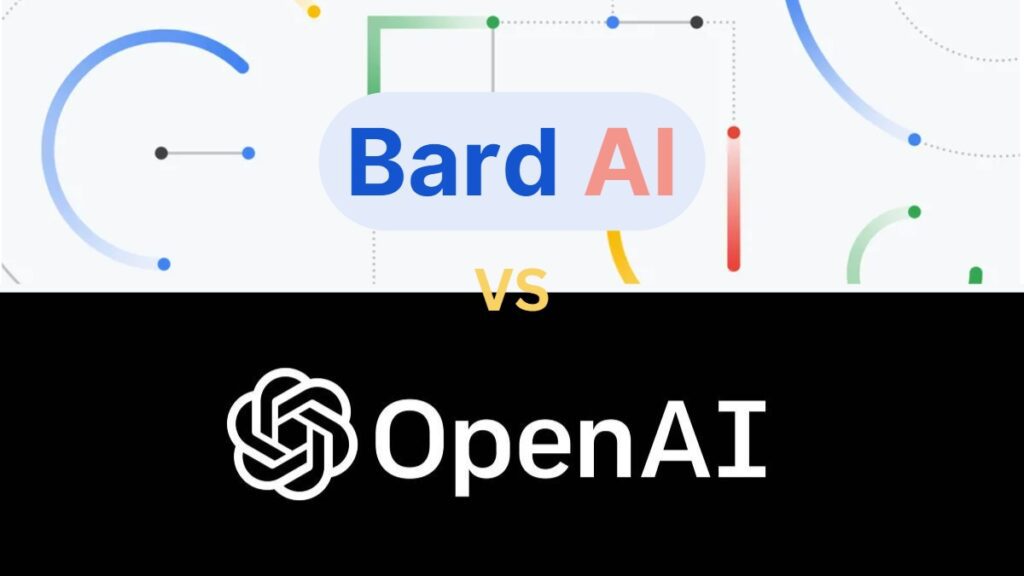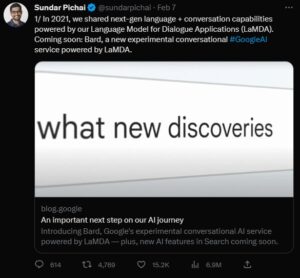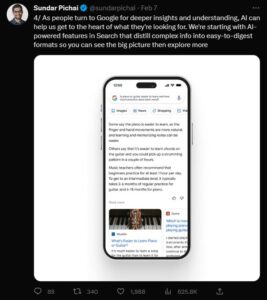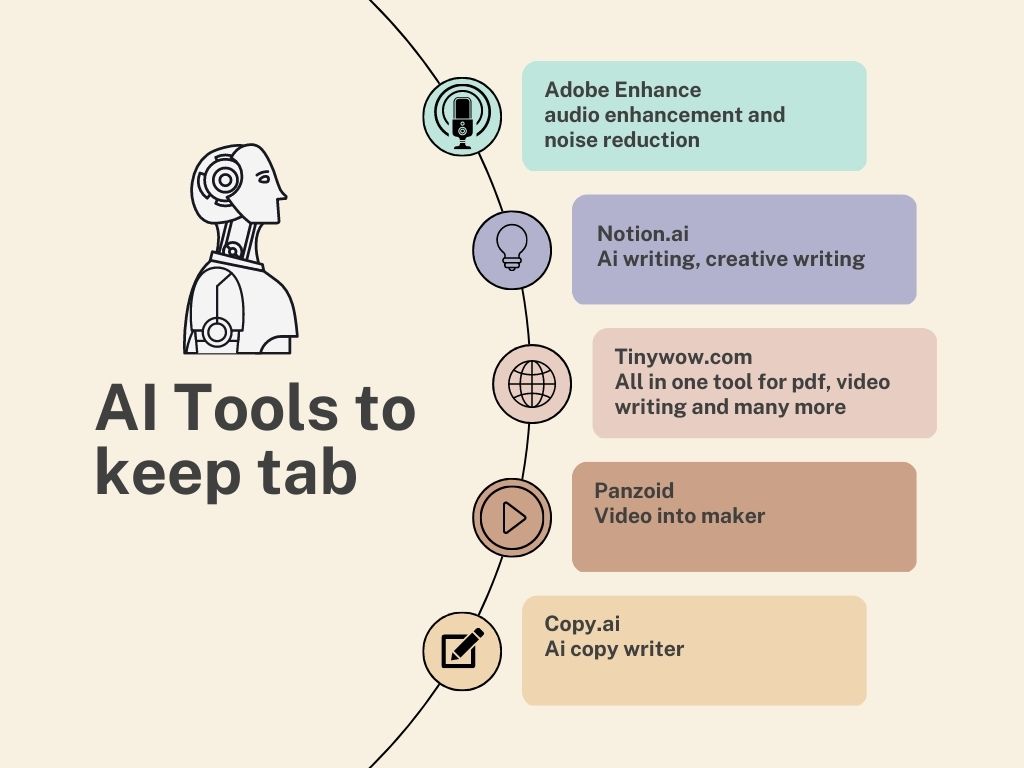The Evolving Landscape of Digital Marketing in the Era of Artificial Intelligence. Digital Marketing Trends in 2024
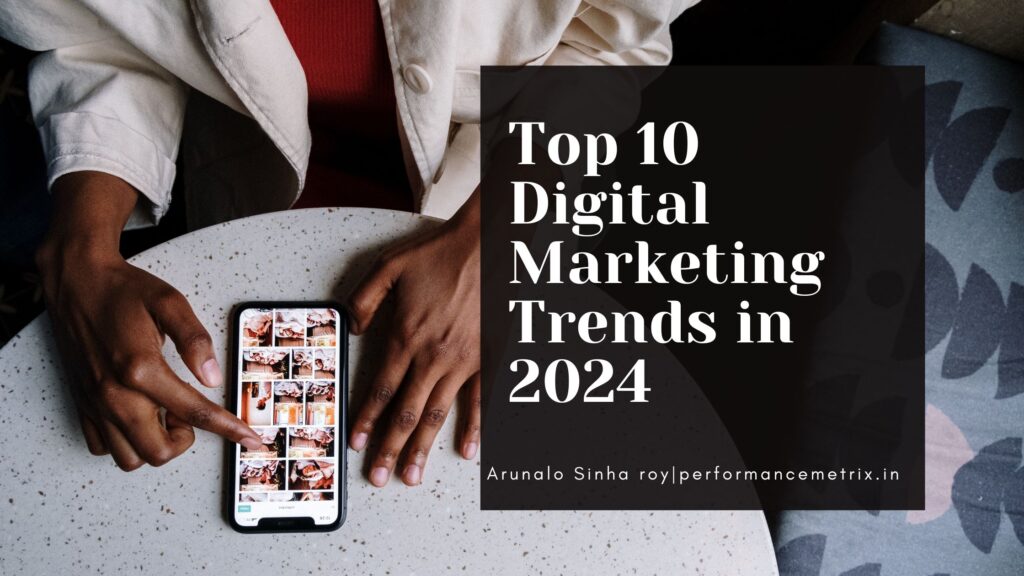
2024 marks a new chapter in the ever-evolving story of Digital Marketing. As technology leaps forward and consumer demands shift, the landscape continues to be reshaped at an accelerating pace. What worked yesterday might be obsolete today, making adaptation and innovation crucial for survival. Let’s dive into the key trends and transformations defining the digital marketing landscape in 2024:
1. Embracing the AI Advantage:
Artificial intelligence (AI) and machine learning (ML) are no longer futuristic buzzwords; they’re essential tools driving smarter marketing strategies. From hyper-personalized content recommendations to predictive targeting and automated campaign optimization, AI empowers marketers to understand their audiences like never before. Expect to see an explosion of AI-powered chatbots, dynamic advertising personalization, and data-driven insights that fuel smarter decision-making. Not only that, A.I Written content is now everywhere, and it is the time when we start focusing on providing a more personalized experience collaborating with A.I. If you haven’t leveraged the power of chatbots, you better start doing so. Here are 4 Chatbots that are doing a groundbreaking experience
Now Recently Open AI CEO Sam Altman released Text to video A.I Model Sora.
It is producing ultra-realistic videos which is groundbreaking.
2.Quality Content is the King:
Content remains the cornerstone of any successful digital marketing strategy. However, in 2024, the focus shifts from quantity to quality. Engaging, diverse, and inclusive content that resonates deeply with your target audience is paramount. Infographics, short-form videos, interactive tools, and user-generated content are some formats gaining traction. Remember, authenticity and relevance are key – ditch the fluff and create content that adds genuine value to your audience’s lives. Solve problems rather than selling service.
But do not just create Top of the Funnel content. Split your content strategy into two parts. 60-70% of your content should be based on TOFU(Top of the Funnel), and 30-40% of your content should focus on MOFU(Middle of the Funnel) and BOFU(Bottom of the Funnel), as Some keywords are Educational and Some are Transactional.
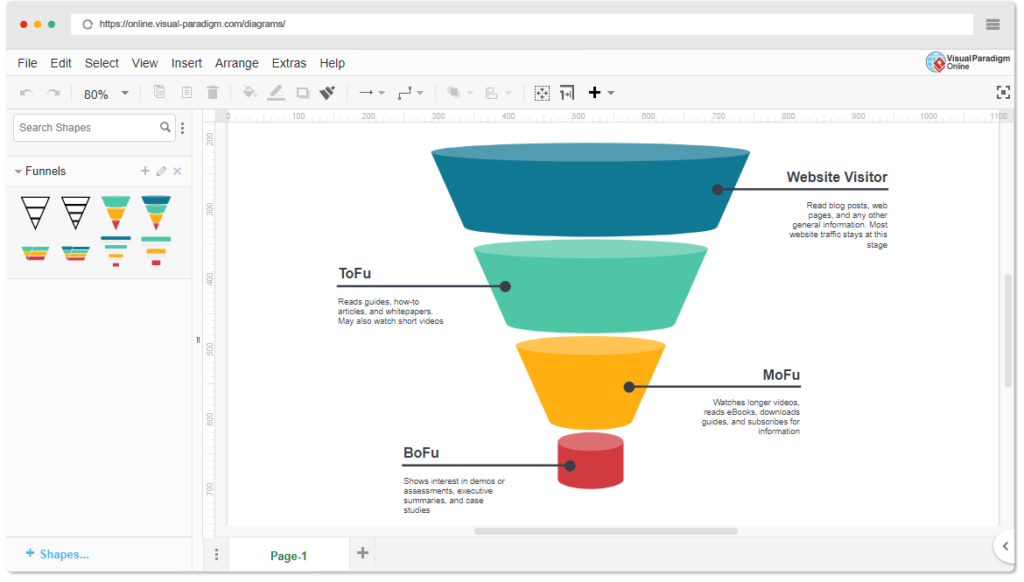
3.Video Takes Center Stage:
Attention spans are dwindling, and video content is the antidote. In 2024, video isn’t just a “nice-to-have”; it’s a must-have. Short-form video platforms like TikTok and Instagram Reels are exploding, offering brands unique opportunities to connect with audiences in engaging and impactful ways. Live streaming, interactive video elements, and shoppable video formats are also gaining momentum, blurring the lines between entertainment and commerce. Alight Video Content with your Marketing strategies.
Here are some tips-
- Try to engage with your community with quality video content as well as solve their pain points.
- Educate people and Inspire people.
- Consider creating more educational content if your business is B2B.
- Use client’s testimonials and BTS to show authenticity.
4.The Ephemeral Factor: FOMO Drives Engagement:
Ephemeral content, which disappears after a set period, leverages the power of scarcity and urgency to drive engagement. Platforms like Instagram Stories and Snapchat Snaps have mastered this art, captivating users with time-sensitive content that fuels FOMO (fear of missing out). Marketers can tap into this trend by creating exclusive behind-the-scenes glimpses, limited-time offers, and interactive polls within ephemeral formats.
You have seen notifications like Lightning deals, or some type of countdown before the price increases in Amazone,Flipkart, or Myntra. This is an example of FOMO. Our brain is designed in such ways that we want to grab the best deal. So when we see such gimmicky notifications, we usually act on the base of impulse.
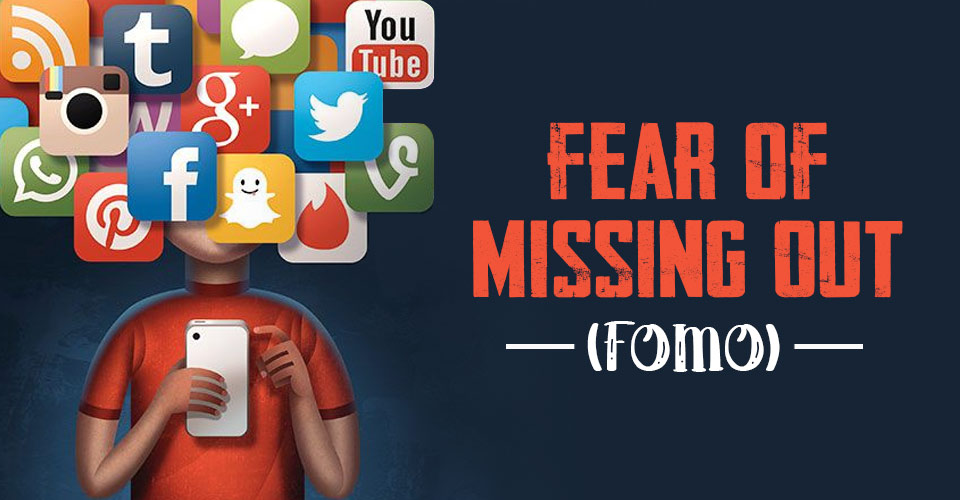
5.Understand Buyer Mindset:
Shoppers Value Authenticity. Do not just focus on paid ads without understanding what your consumers need. If you are a Clothing brand, showcase your present buyer’s images with your product, and also their testimonial. Create a Hashtag trend. If your consumer posts their pictures with the relevant hashtag and tag your brand, they will get a story highlight, even a 2% Discount. Even if you don’t offer discounts, just asking for genuine reviews along with some pictures creates genuine trust in your consumer’s mind. Creating trust among your consumer should be the No.1 Priority.
This was just an example. This varies from business to business, but the formula is the same, Understand your Consumer and you will get your end results.
6.Product-based Business X Youtube:
Have you seen in recent times that Motorola and some other brands are using YouTube Tech Reviewer in their Phone Launch ad? The large brand knows the Marketing Funnel has changed in recent times from Awareness-Consideration-Purchase to Awareness-Interest-Engagement-Research -Evaluation-Justification-Purchase.
Later Adoption-Retention-Expansion-Advocay comes.
Now People usually get product reviews and comparisons through Youtube. So they are using these YouTube tech Reviewers in their product launch to gain the trust of their consumers. As a marketer, you can go for the long-form video approach by collaborating with Influencers to Build trust for the Brand.
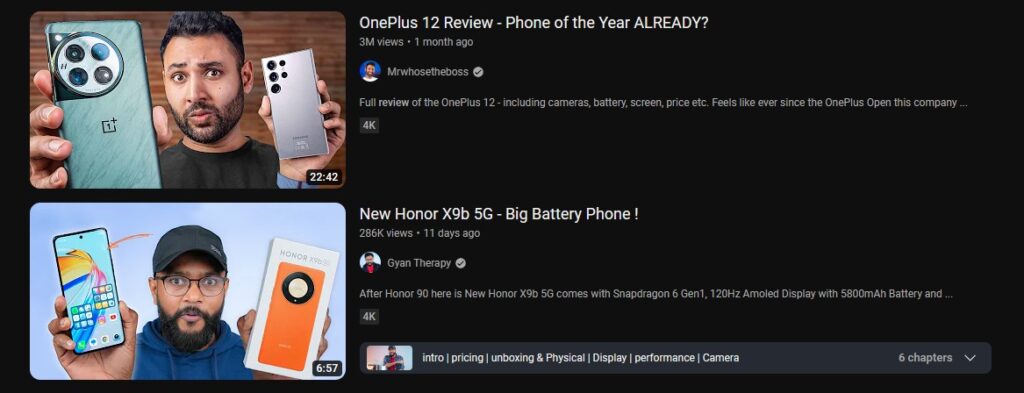
7.The Rise of Micro-Influencers:
Influencer marketing remains a powerful tool, but the trend is shifting towards micro-influencers. These individuals boast smaller, more engaged followings and often hold more niche expertise, allowing for targeted reach and authentic brand partnerships. Collaborating with relevant micro-influencers can yield better results than relying solely on major influencers with broader (but less engaged) audiences. In a lot of scenarios, A Major Influencer can drive more sales, but If you invest in small Micro-Influencers, that builds trust and engagement which can convert into a long-term partnership.
Keep these things in mind
- Verify Content Quality & Influencer Voice
- Review Audience Interests & Demographics
- Evaluate Influencer Authenticity
- Understand an Influencer’s Reach & Engagement
8.Building Trust in a Privacy-Conscious World:
Data privacy concerns are at an all-time high, forcing brands to rethink their approach to data collection and usage. Transparency, user consent, and ethical data practices are essential to building trust with consumers. Leverage zero-party data (information users willingly share) and focus on building genuine relationships over intrusive tracking. You can gain Zero Party Data with these methods
- Offering a Newsletter or Valuable pieces of information in exchange for Email address
- Offering One-time Discount coupons in exchange for signup
- Asking consumers if they want to receive mail about offers and new launches
- Allowing users to select their preference cookie settings
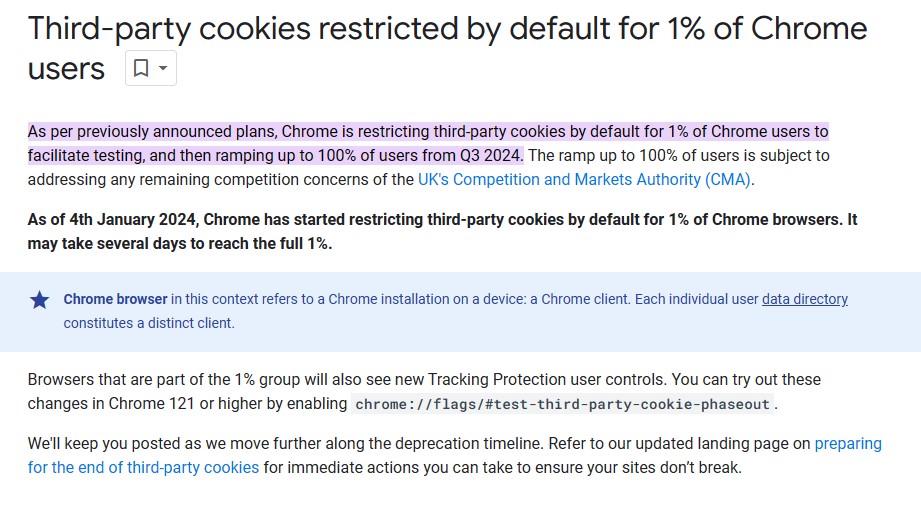
9.Community-Driven Marketing: The Power of Connection:
Consumers crave authenticity and interaction. In 2024, building vibrant online communities around your brand will be a key differentiator. Encourage user-generated content, foster meaningful conversations, and empower brand advocates. Building a loyal community not only boosts engagement but also creates valuable word-of-mouth marketing opportunities. Big Brands are heavily investing in Community Building as you can see often in some reels or posts Brands are commenting and joking.
Even Managing consumer problems through Social Media now has become a genuine thing. Even Police are now heavily active on Facebook, Instagram, and Twitter. Such activities create trust among users.
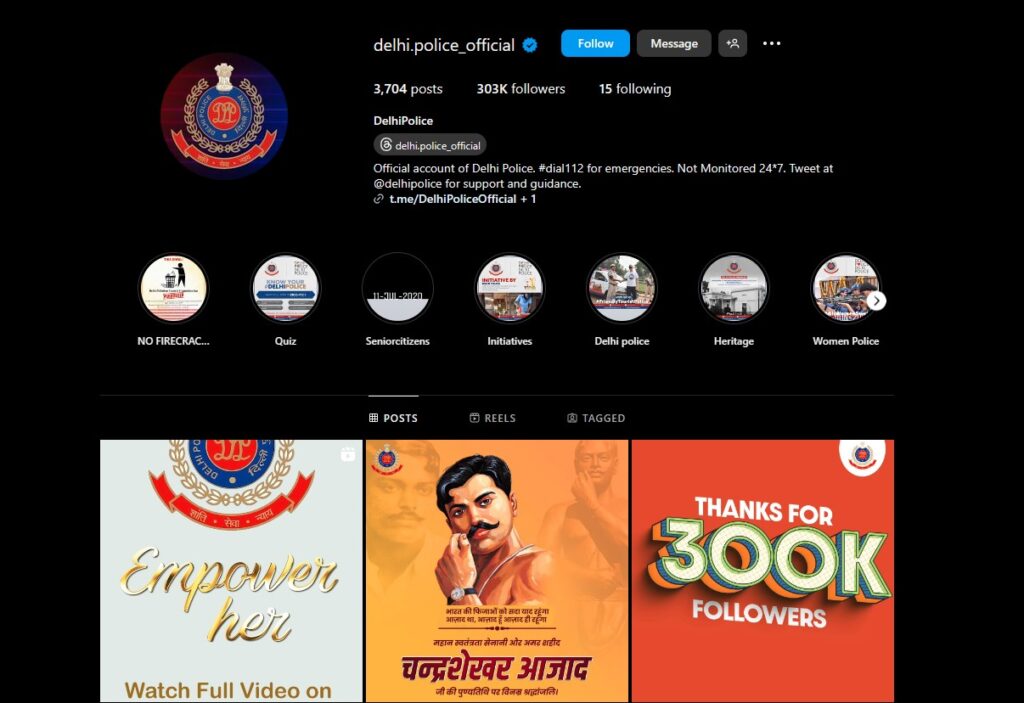
10.Voice Search, Local SEO, and Search Intent:
With smart speakers and voice assistants becoming ubiquitous, optimizing content for voice search is more important than ever. Conversational keywords, long-tail phrases, and focus on local intent are crucial for grabbing users’ attention through voice queries.
Invest in Google My Business as a lot of potential traffic comes from GMB. Gain authentic user reviews and encourage users to share their valuable feedback on Google My Business. These help other potential users in becoming your consumer.
Now usually we do keyword research from various tools but one free tool we ignore often is knowing what people are searching for and what is their Intent. Think about how people naturally ask questions and ensure your content aligns with their search patterns. I have seen many brands Rank on the 2nd or 3rd page but often their content snippets get shown in the people also asked. So consider answering user’s queries through your content.
Staying ahead in the ever-evolving digital marketing landscape requires agility, adaptability, and a willingness to embrace new technologies and trends. Continuously analyze data, experiment with different strategies, and track performance metrics to gauge what resonates with your audience.
Remember, building trust, offering genuine value, and fostering meaningful connections are the cornerstones of success in the year 2024 and
If you liked this article, feel free to share it with your friends.
I am Arunalo Sinha Roy Founder of Performancemetrix.in, Signing off, See you on the Next Article
